Succulents have taken the gardening world by storm, thanks to their unique shapes, vibrant colors, and low-maintenance nature. If you’re looking to expand your succulent collection or share these delightful plants with friends, propagating succulents is a rewarding and fulfilling endeavor. Here’s a step-by-step guide on how to successfully propagate succulents and watch them thrive.
1. Leaf Cuttings
Leaf cuttings are one of the most common methods of propagating succulents, and they work well for species with fleshy leaves. Follow these steps for successful leaf propagation:
- Gently twist or cut a healthy leaf from the mother plant. Make sure the leaf is intact and free from any blemishes.
- Allow the cut leaf to dry and callus over for a day or two. This step is crucial to prevent rot during propagation.
- Place the dried leaf on well-draining soil, either in a small pot or directly in the ground. You can use a mix of potting soil and perlite or sand.
- Mist the soil lightly to provide moisture without overwatering. Place the container in bright, indirect sunlight.
- After a few weeks, tiny roots will start to develop, followed by new baby plants called “pups.” Once the pups are a reasonable size, you can transplant them to their own pots.

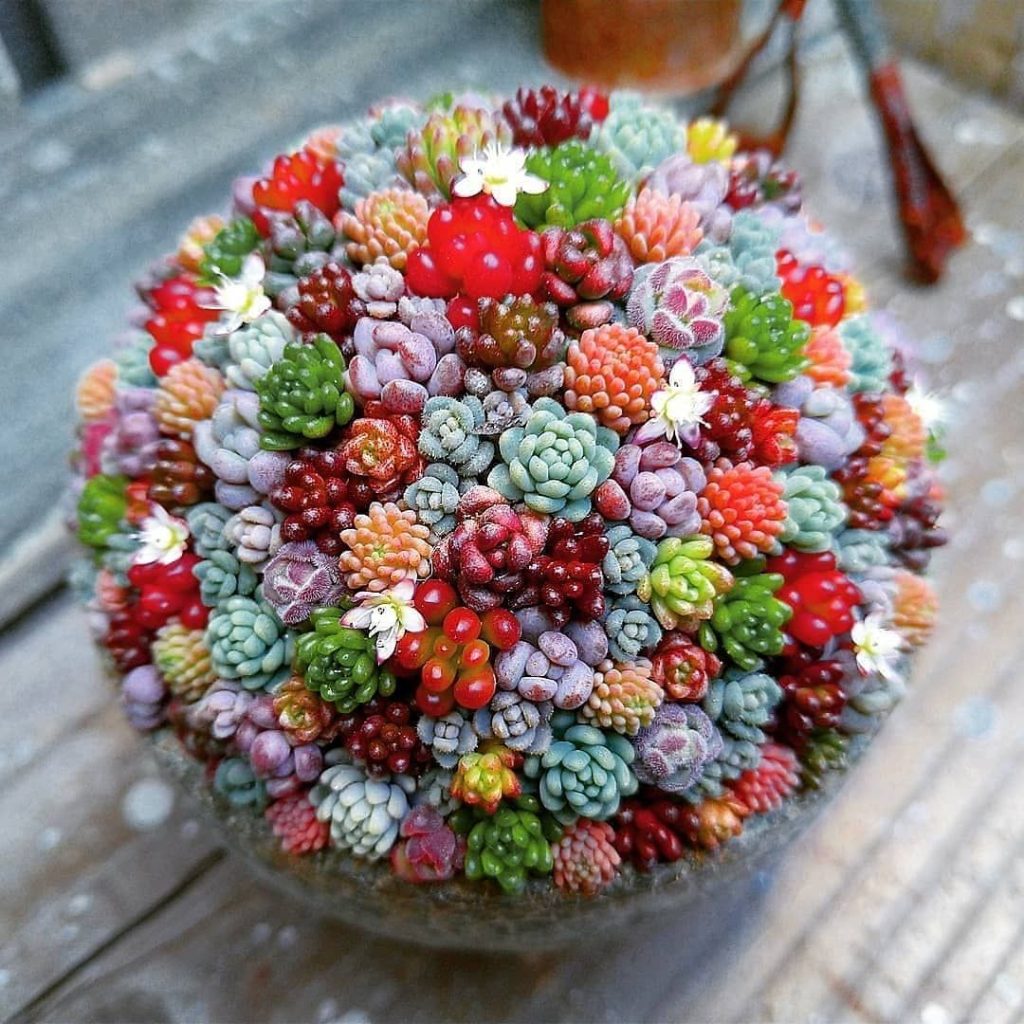
2. Offsets or Pups
Many succulent species produce offsets, also known as pups, around the base of the parent plant. These can be separated and grown into new plants. Here’s how to do it:
- Gently remove the pup from the mother plant by carefully wiggling it to loosen its roots.
- Allow the pup to dry and callus for a day.
- Plant the pup in well-draining soil and follow the same care routine as you would for an established succulent.
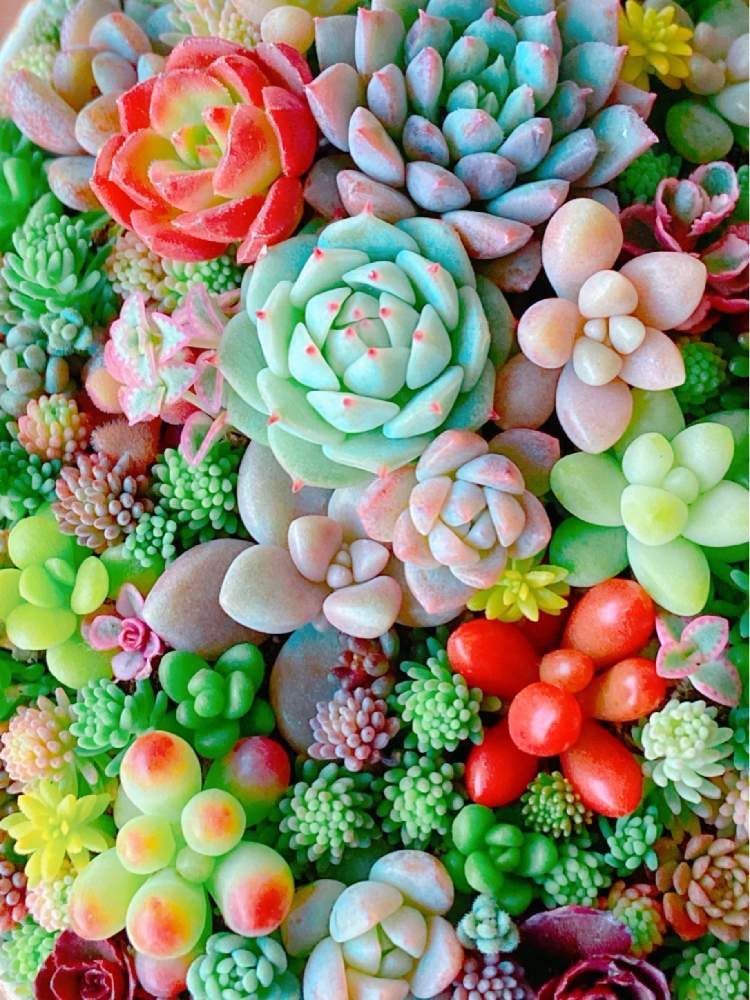
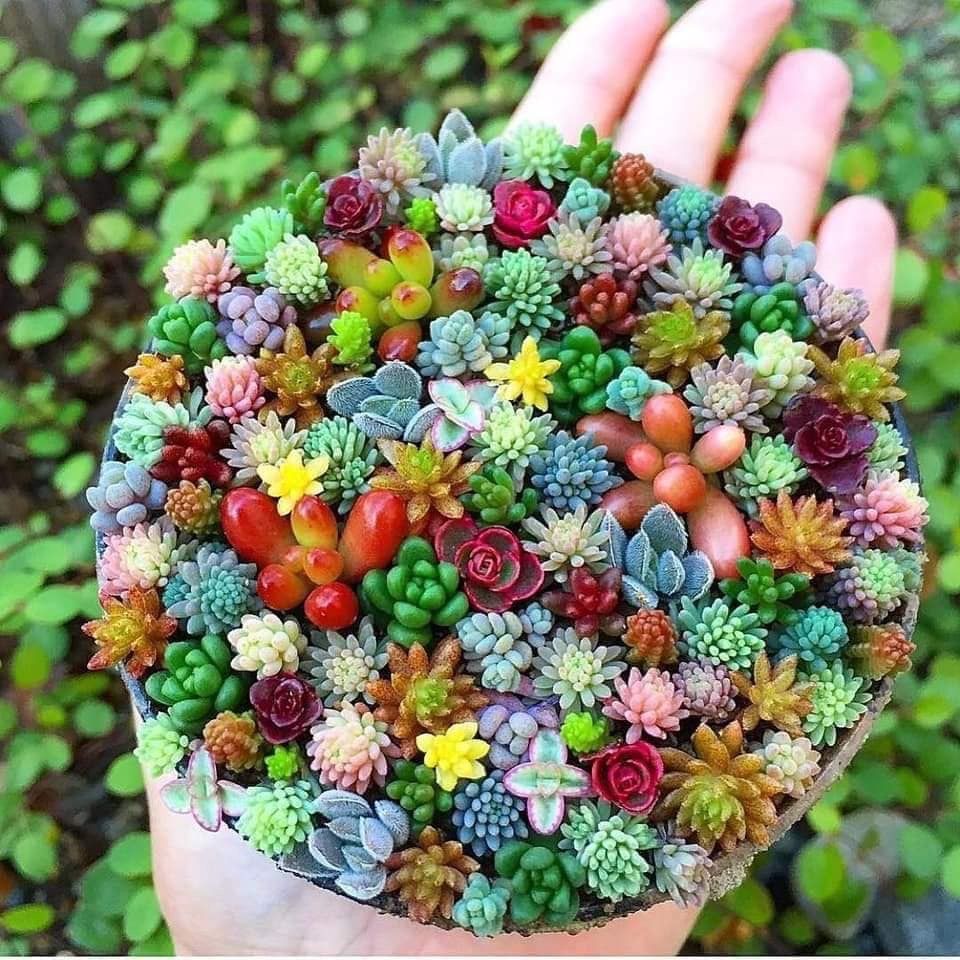
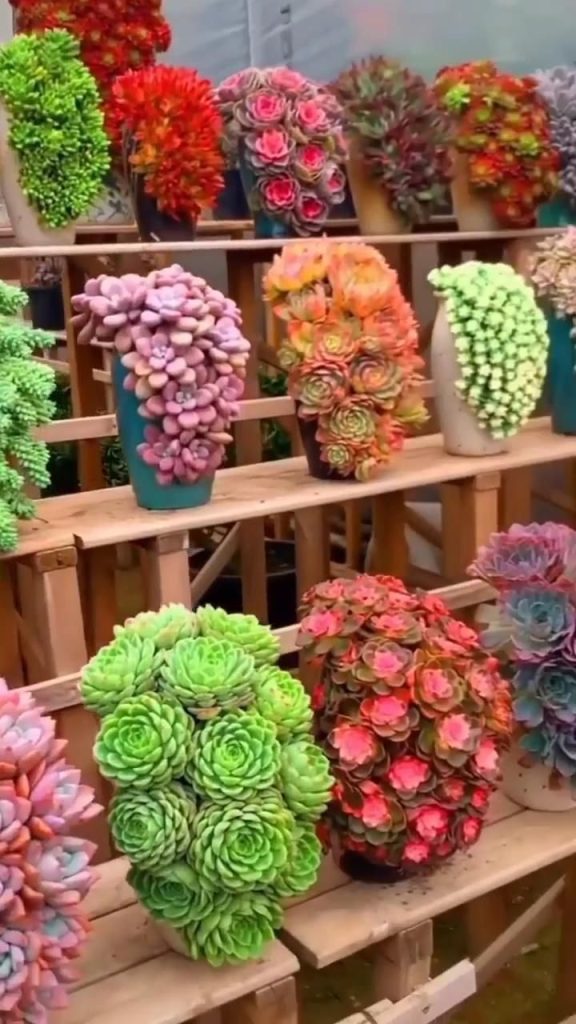
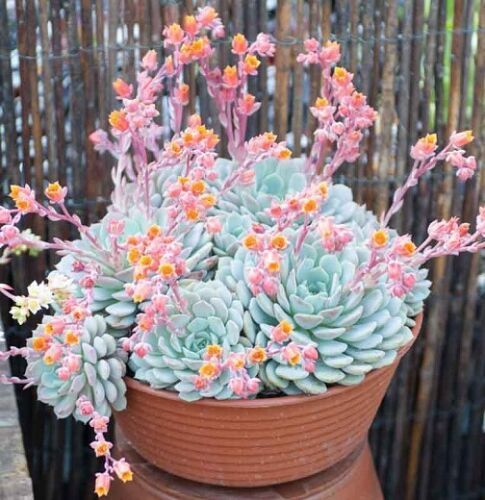
3. Stem Cuttings
For succulents with thick stems or rosettes, stem cuttings are an effective propagation method. Here’s how to propagate succulents from stem cuttings:
- Use a clean, sharp knife or scissors to cut a healthy stem from the parent plant.
- Allow the cutting to dry and callus for a day or two.
- Plant the dried stem cutting in well-draining soil. You can insert the cutting directly into the soil, and it should eventually develop roots.
- Keep the soil lightly moist and provide bright, indirect sunlight.

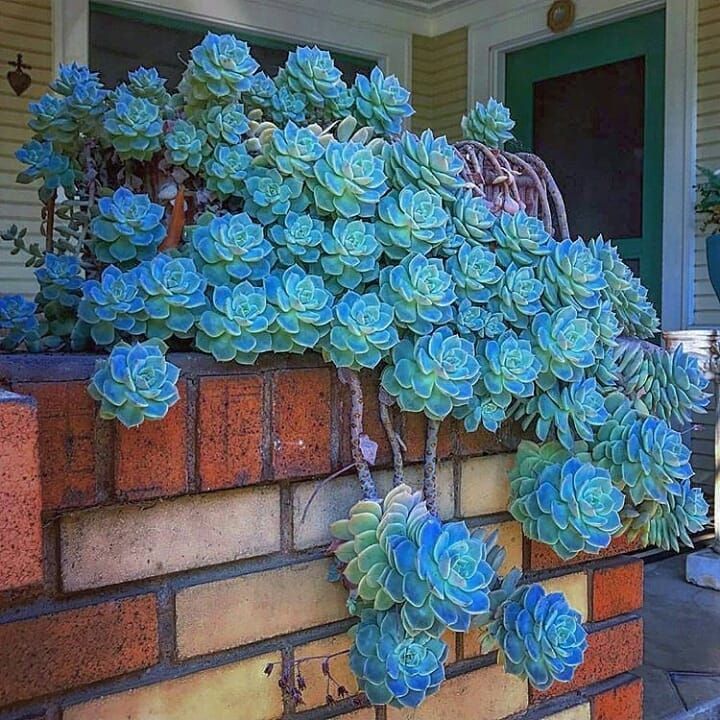

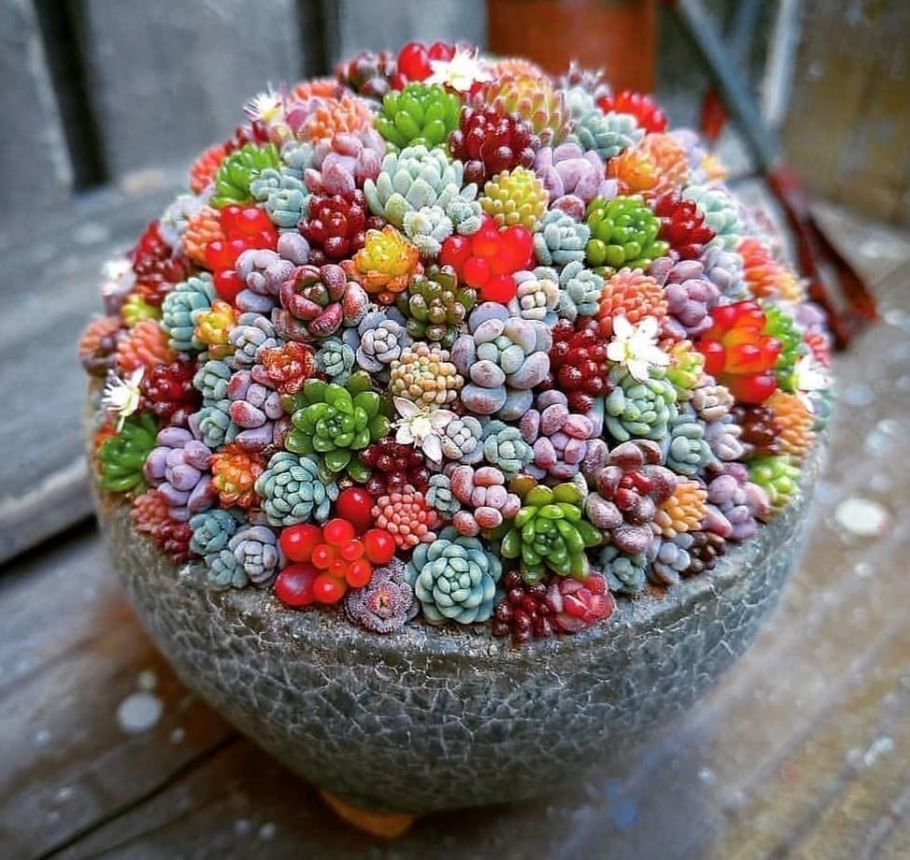
4. Division
Some succulents, like agaves and aloe vera, can be propagated through division. This method involves separating the offsets or pups that grow at the base of the parent plant. Here’s how to do it:
- Gently remove the offsets or pups from the main plant.
- Allow them to dry and callus for a day.
- Plant the pups in their own pots with well-draining soil and follow regular care.
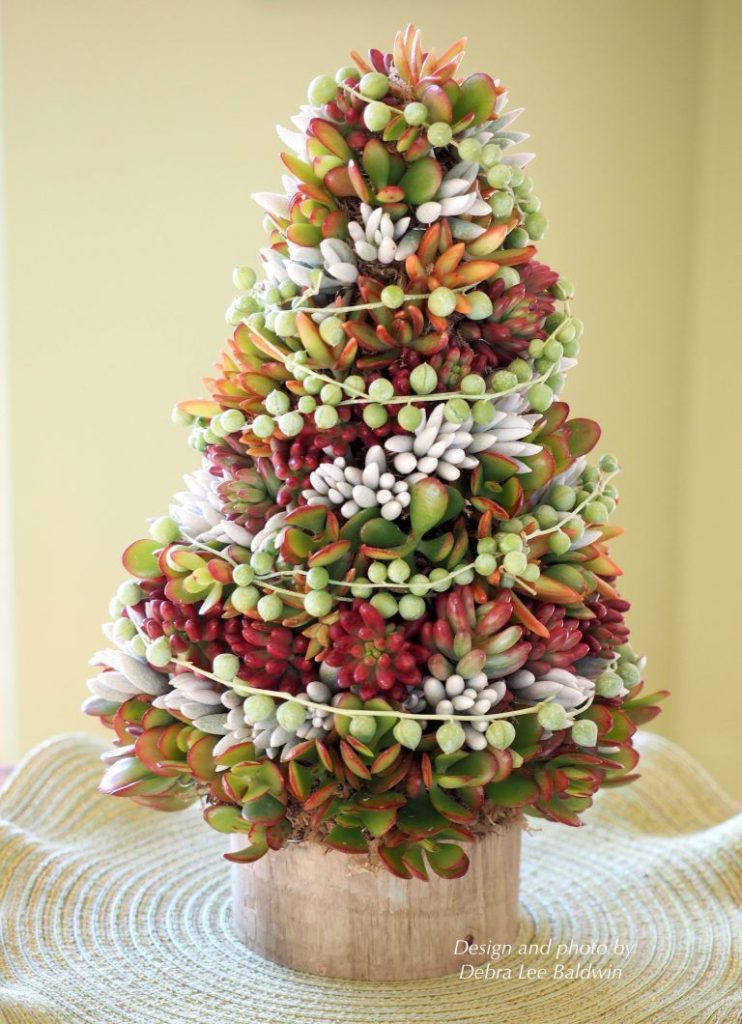
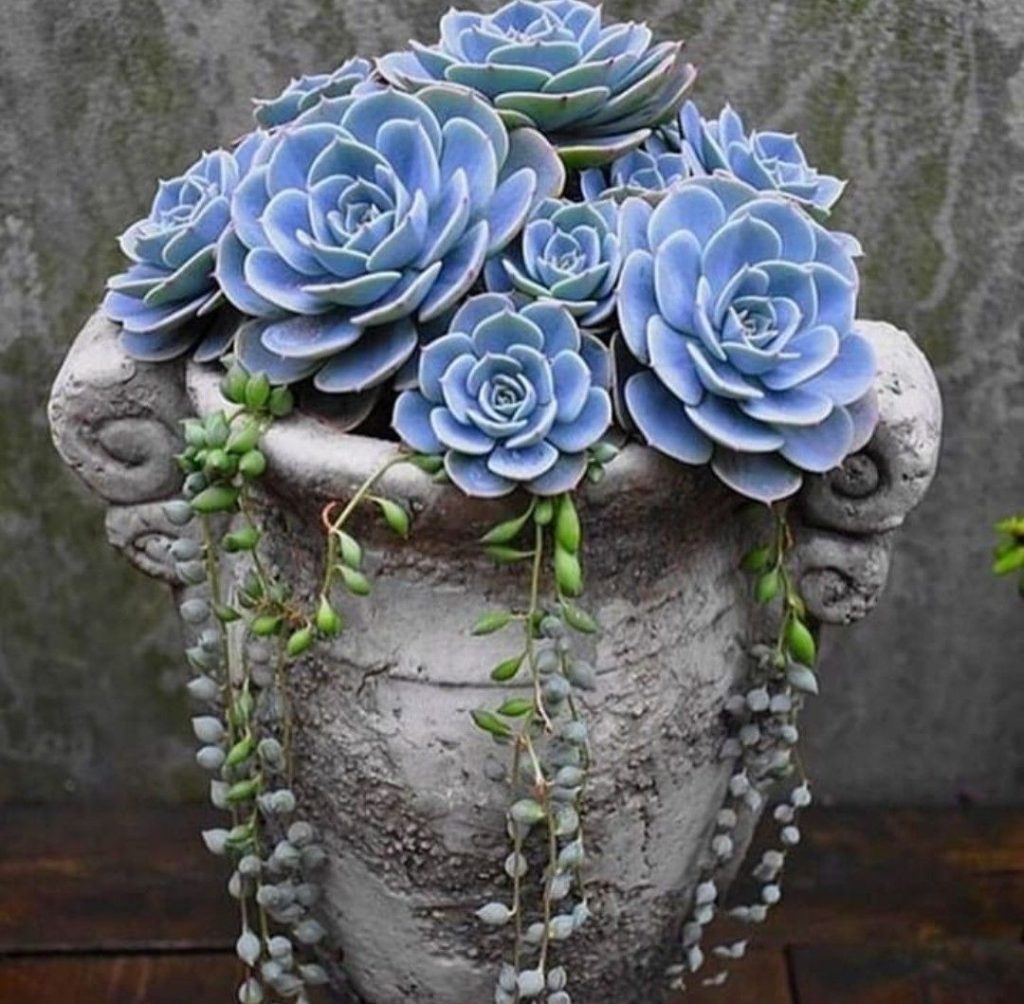
5. Seeds
Although seeds are a slower propagation method, they allow you to grow a wide variety of succulent species. Here’s how to propagate succulents from seeds:
- Sow the seeds in a well-draining soil mix in a shallow container.
- Keep the soil consistently moist until the seeds germinate.
- Once the seedlings have grown a bit, you can transplant them into individual pots.
Conclusion
Propagating succulents is a fulfilling way to expand your collection and share these captivating plants with others. Whether you choose leaf cuttings, offsets, stem cuttings, division, or seeds, each method offers its unique benefits and challenges. With proper care and attention, you can enjoy watching your propagated succulents thrive and flourish, adding beauty and charm to your indoor or outdoor space.